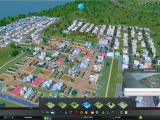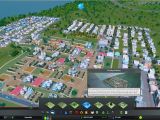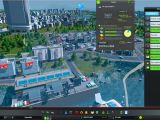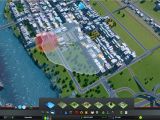Colossal Order has published a brand new developer diary, discussing some of the most interesting aspects of upcoming city building simulation game Cities: Skylines.
The developer diary talks about districts and policies and how they influence the growth of your city. In Cities: Skylines, cities can become quite massive, but players will always have control over the most minute of details.
The developers wanted gamers to be able to customize different areas as they see fit, and to create specialized industry that can then influence the appearance of districts.
City and district policies are a natural companion to the creation of city districts, offering a powerful array of tools that can customize what happens in a certain district, ranging from taxing policies to city planning stuff like banning heavy traffic or high-rise buildings.
The districts feature and the different policies gradually unlock as the city grows and players progress through the game, so as not to overwhelm newcomers or provide unnecessary tedium. They are meant to be a set of great supporting tools when it comes to the management of larger cities, that sprawl across many map tiles.
Everything about the districts
Districts are areas that players can create by using the Paint District tool, and they can have any size or shape. The tool can be utilized to divide the city into boroughs with distinct names, and to fine-tune certain aspects of city management, such as the distribution of smoke detectors in order to reduce the risk of house fires, or regulating certain industrial activities.
After a district is created, players are able to access a statistics panel offering valuable information such as population number and age groups breakdown, average land value, and a lot of other things. The district panel also lists the various policies currently active.
How policies influence the game
There are two main ways to set policies, either at a city-wide level, or for each individual district.
City-wide policies can be accessed from the main interface, and any changes made apply to the entire city, including all the created districts.
District policies are enforced from the district panel, affecting only the currently selected portion of the city.
Policies are divided into Industrial specialization, Services, Taxation and City Planning, each of the categories covering a different area of the simulation, from the emphasis on education and different tax rates in accordance with zone types and population density, to what the actual city will look, enabling gamers to control population density and area value.
Most of the policies have various pros and cons, depending on their nature, and players have to decide which is best utilized where, in order to help the growth of the budding metropolis.
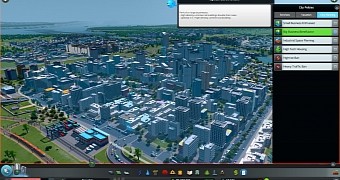
 14 DAY TRIAL //
14 DAY TRIAL // 
